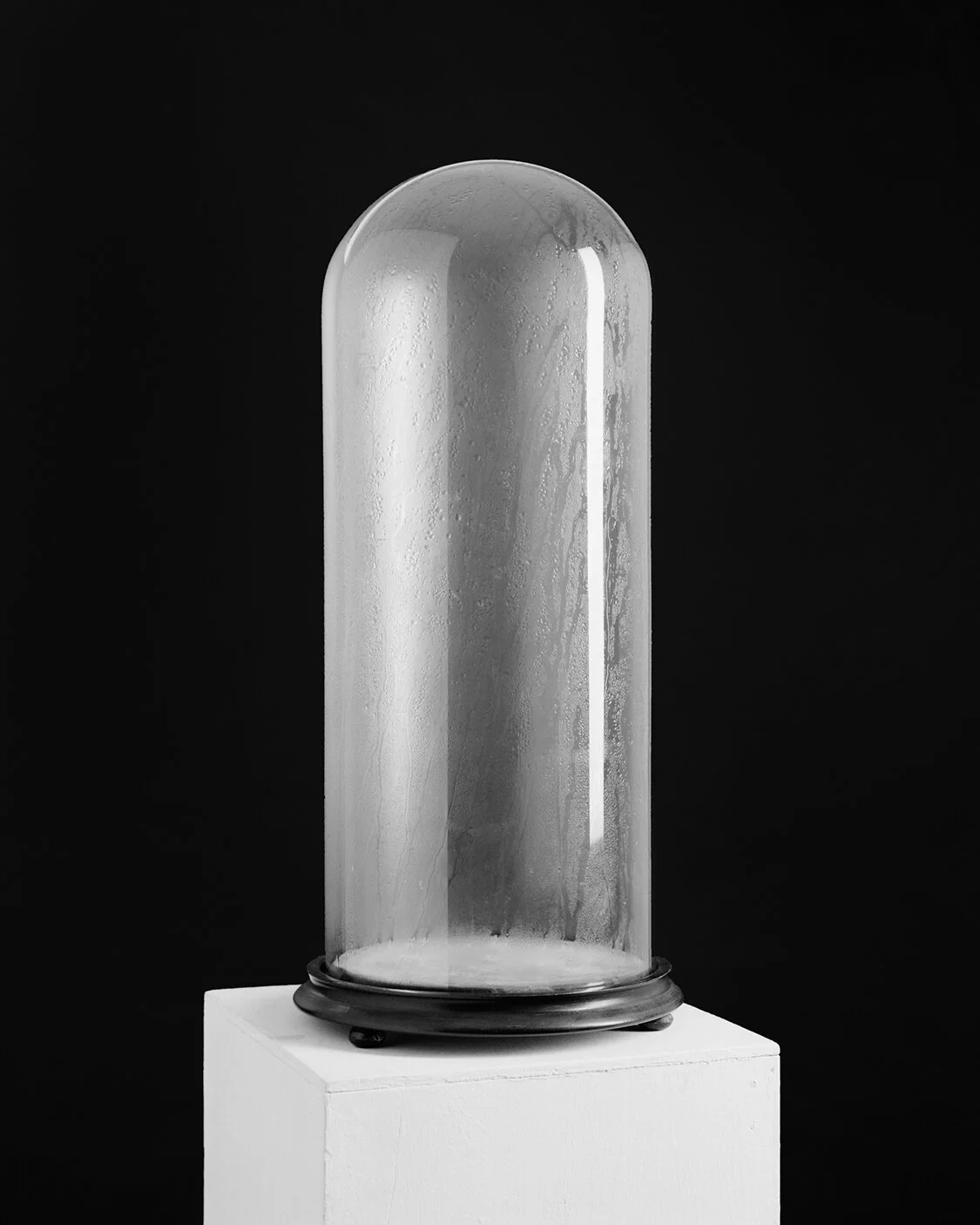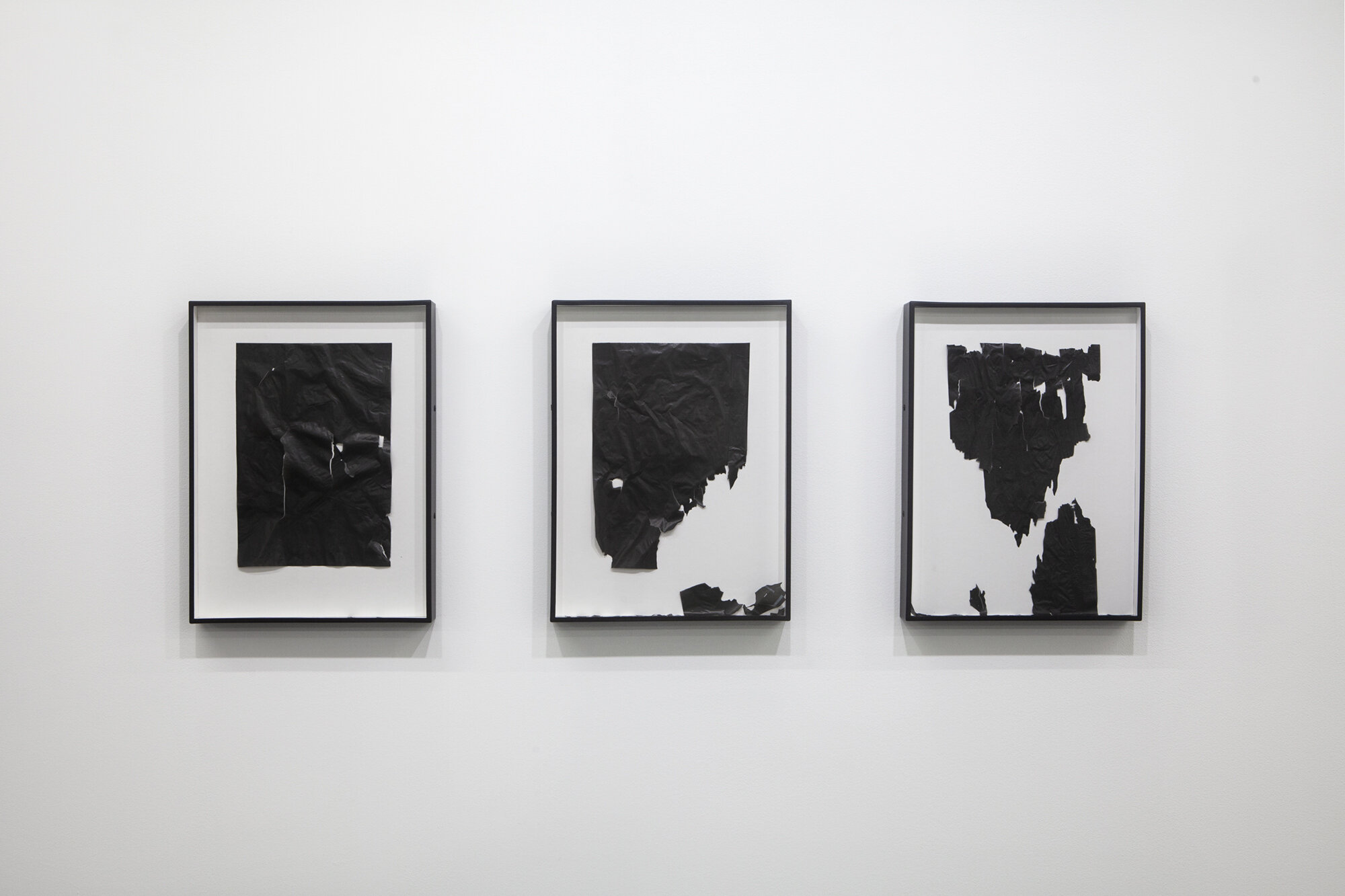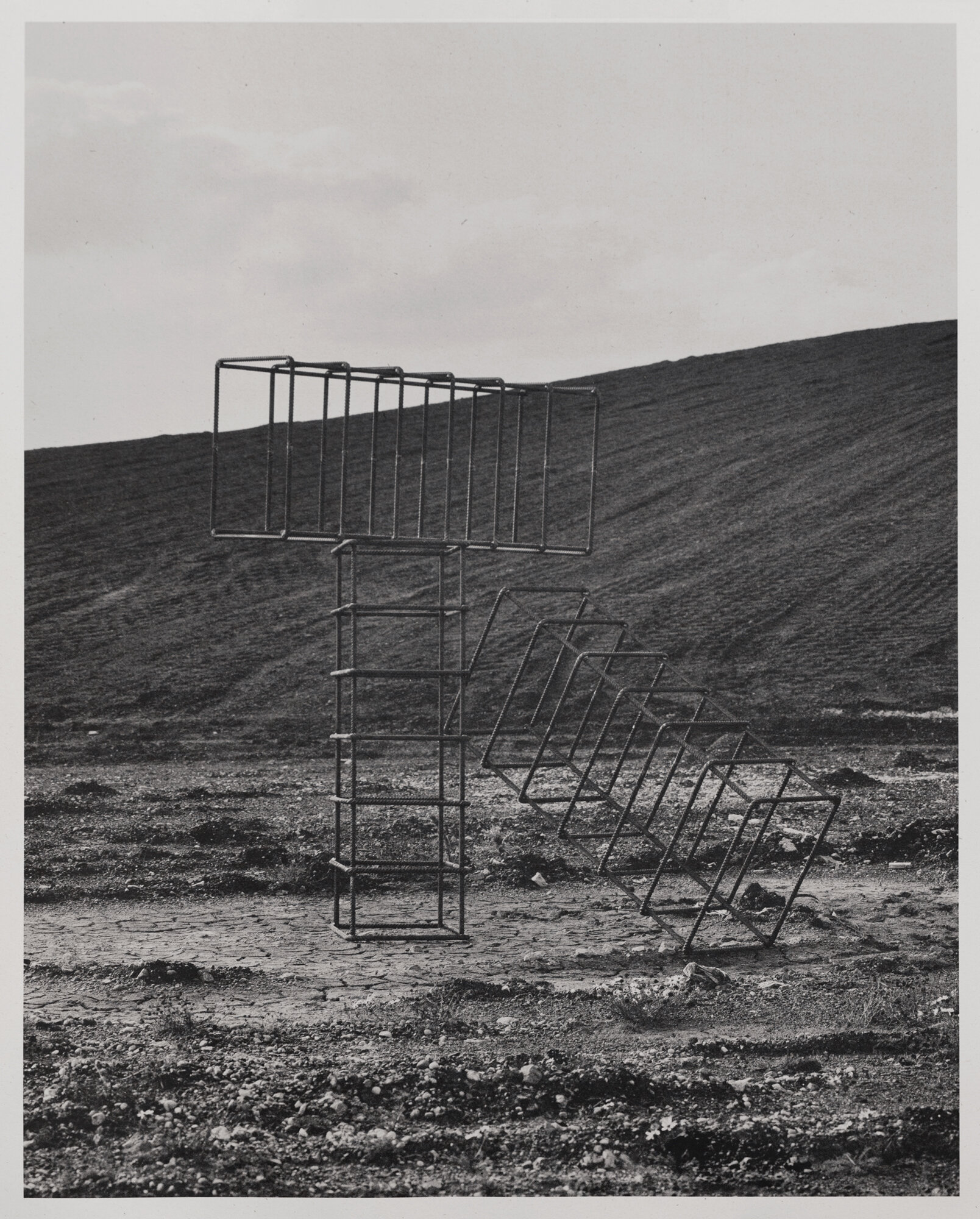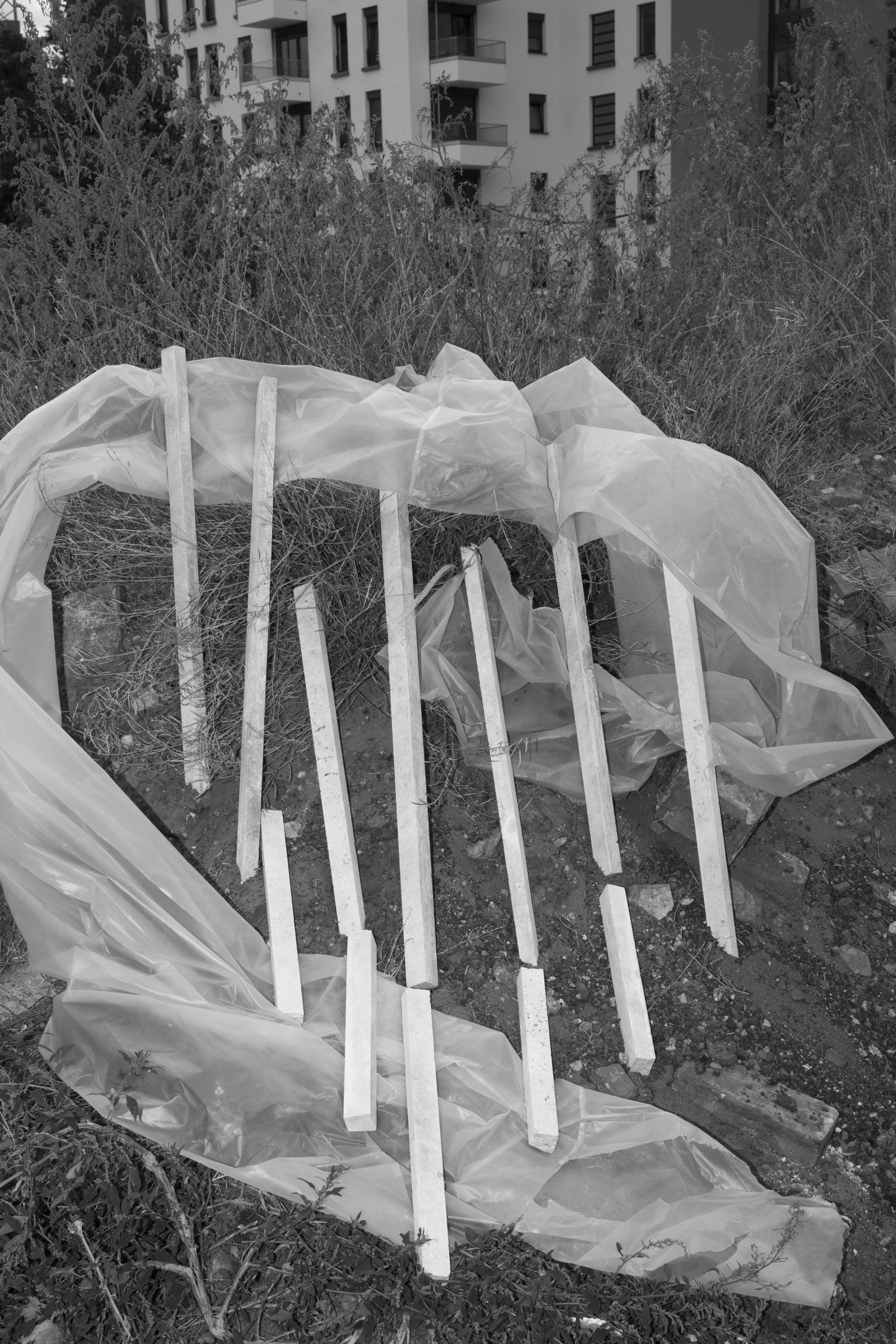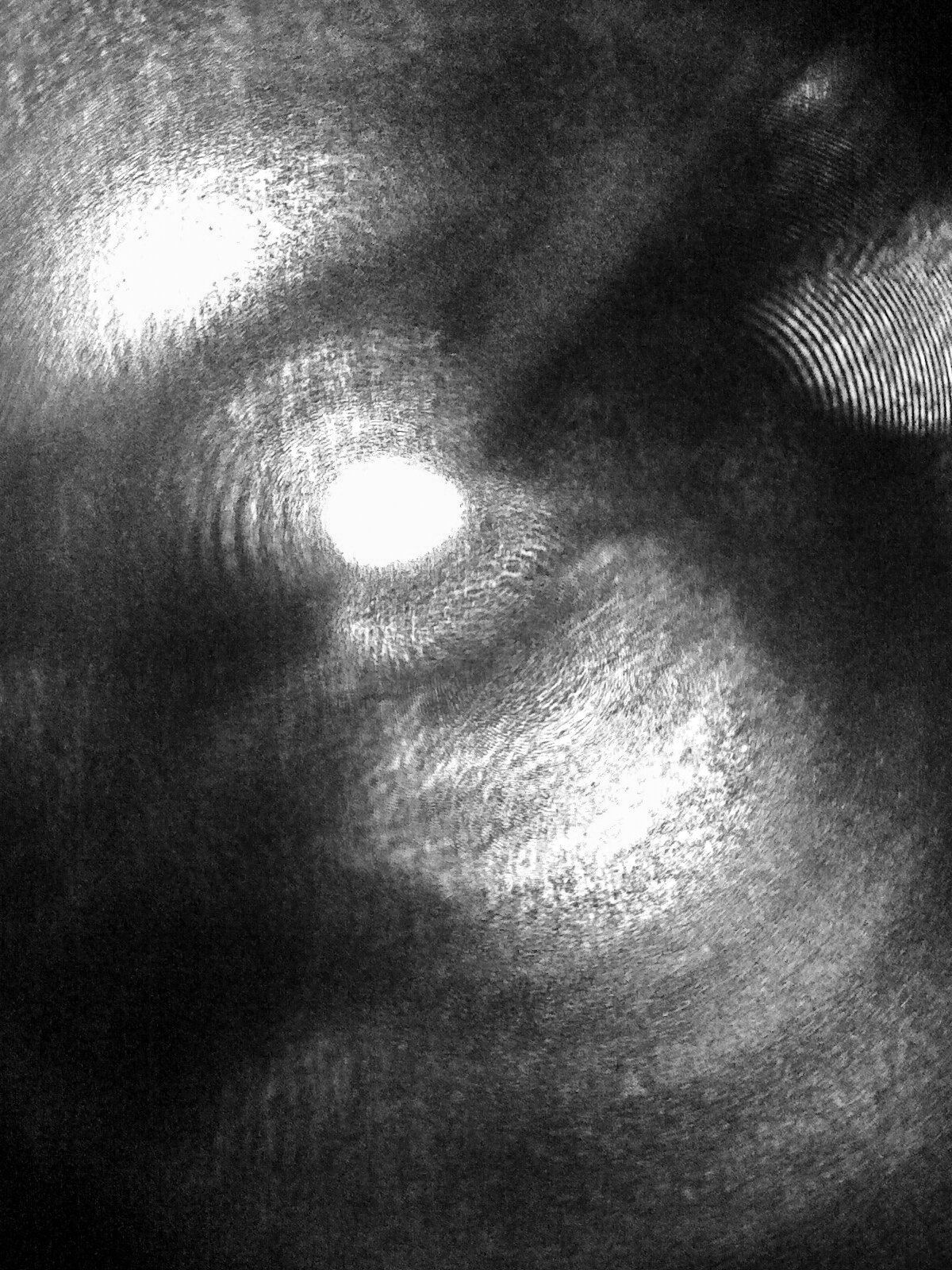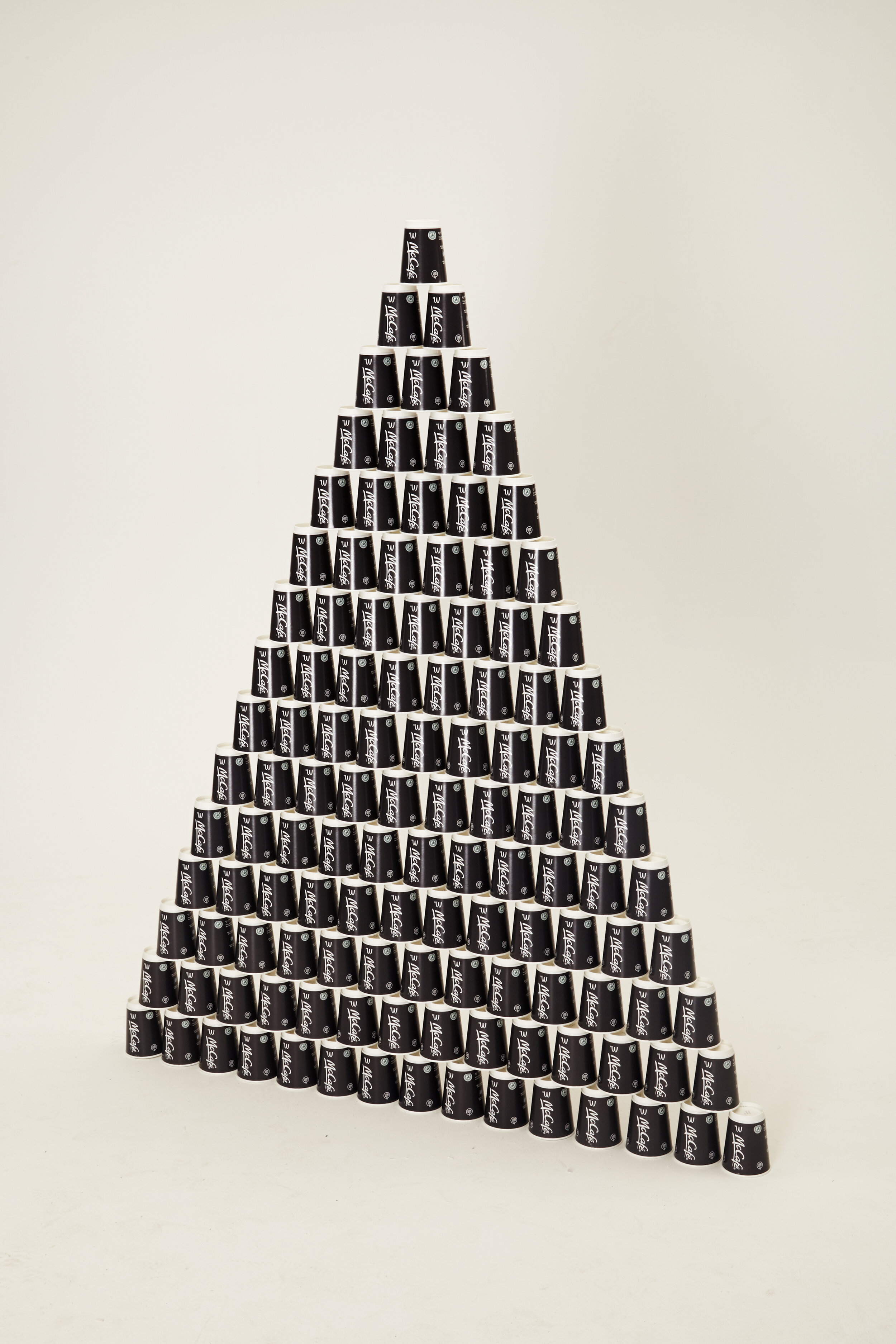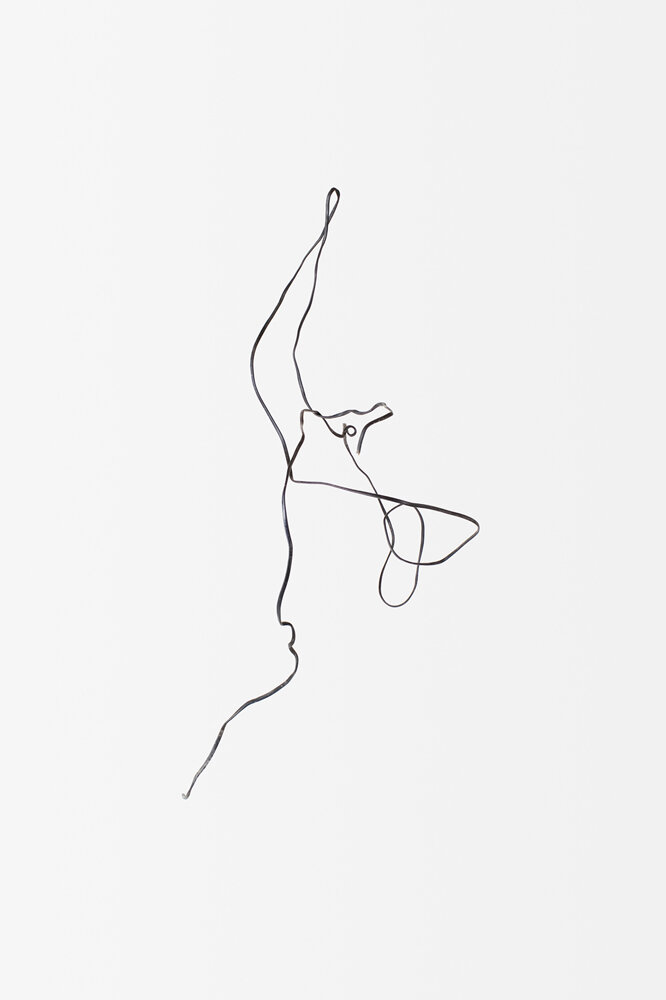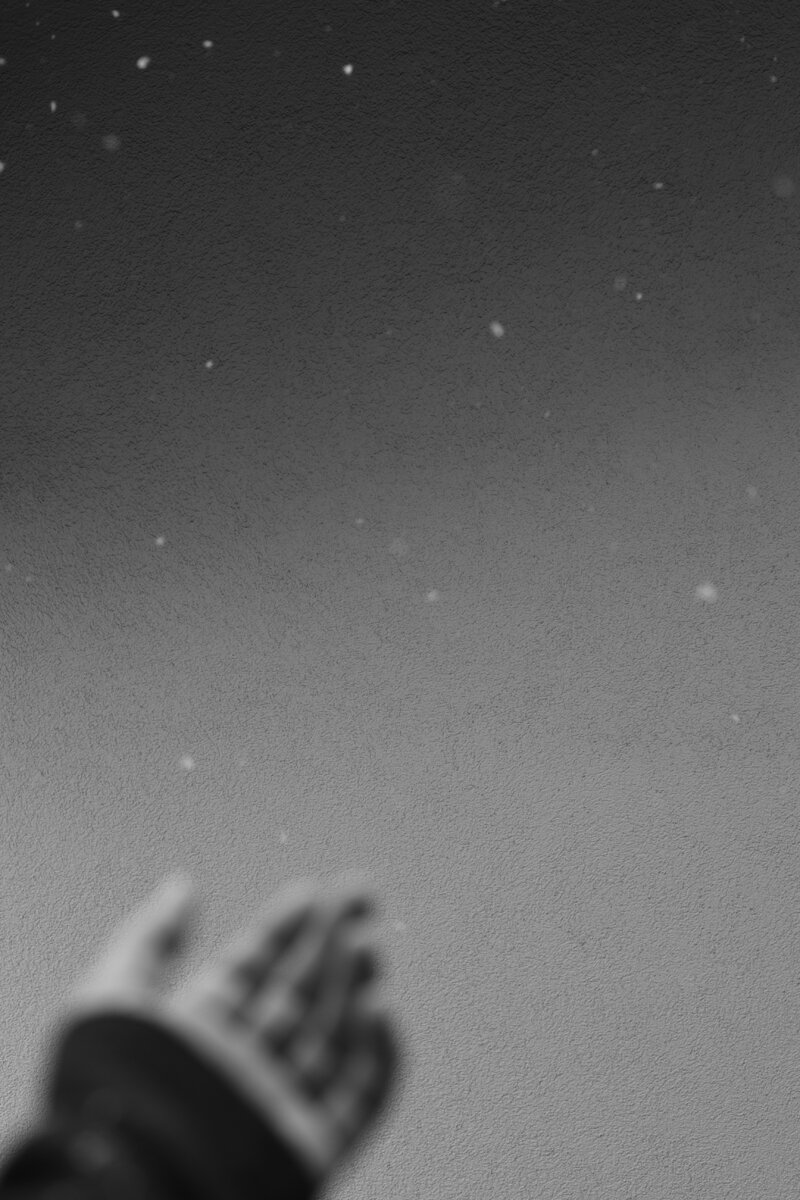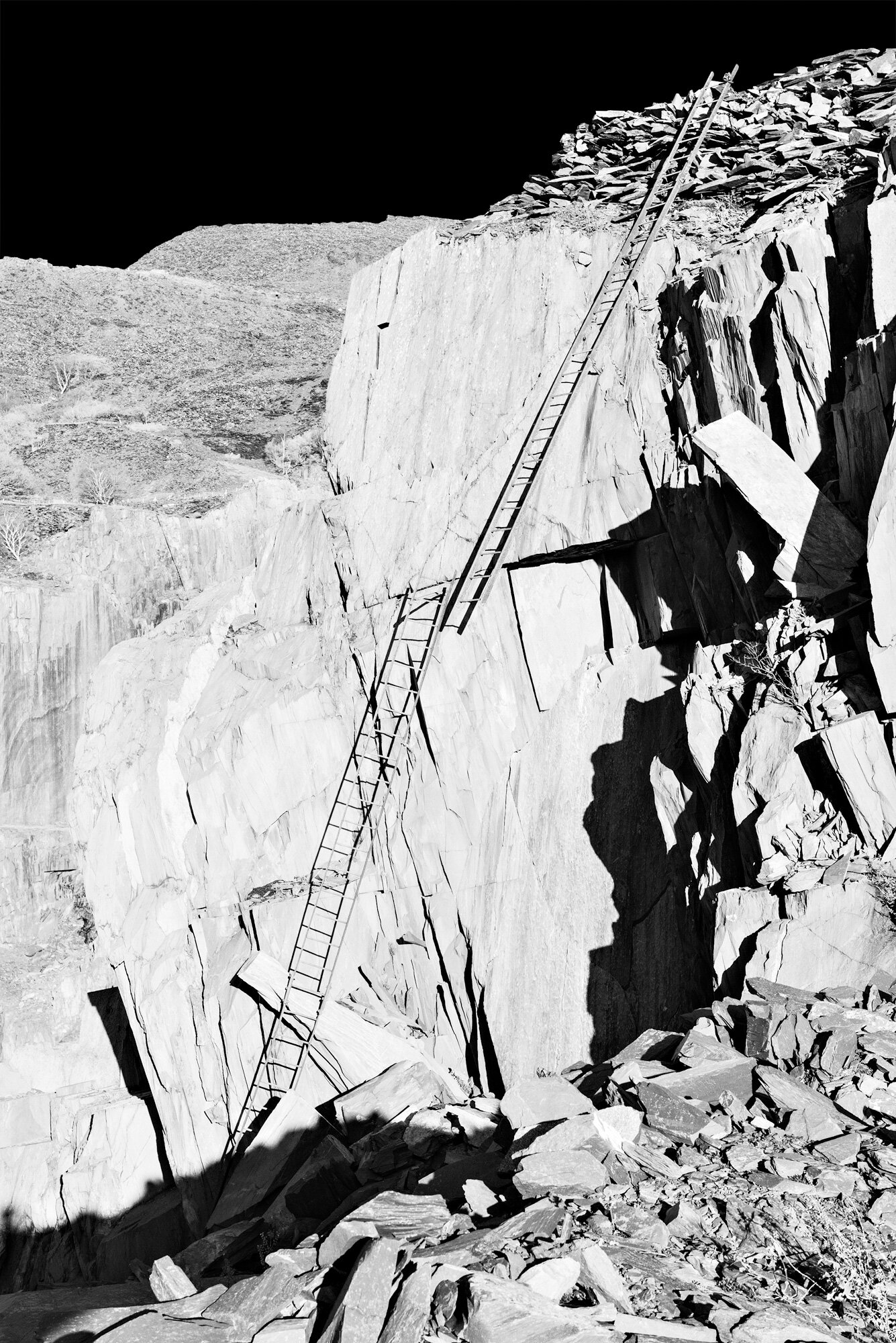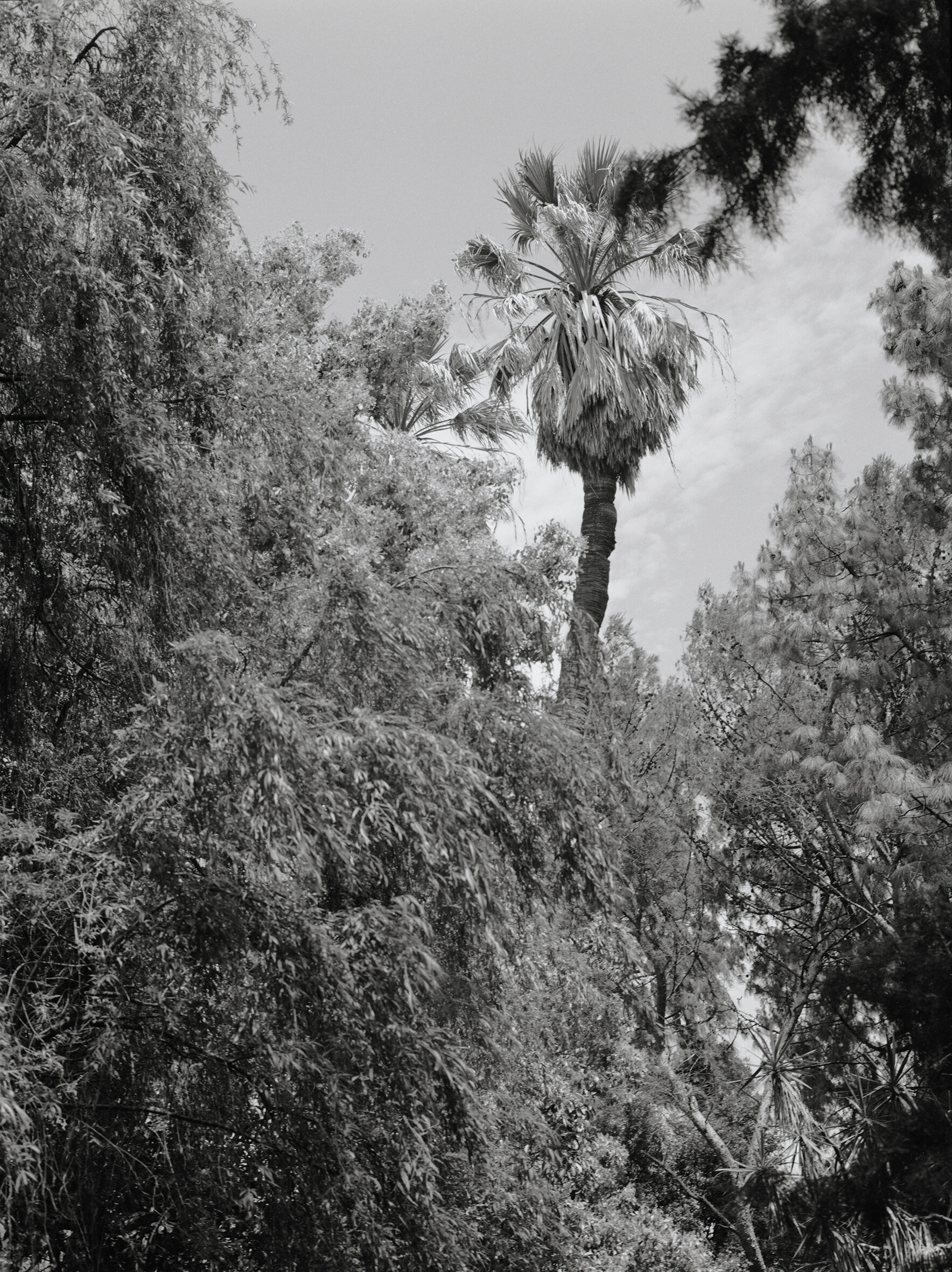Alexander Mourant #34
COLLECTIVE 34
ALEXANDER MOURANT
Collective focus on the artistic process of one emerging artist; we learn about their sculptural practice and how it relates to construction, deconstruction, or both. Questions by Joanna Cresswell.
Tell us about your process. What reference or influence (if any) do you take from other mediums? My recent body of work, Aurelian, was greatly influenced by artists from the land based and conceptual sphere; Lothar Baumgarten, Hans Haacke, Ana Mendieta, Ilkka Halso, Susan Hiller and Mark Dion. Their work addresses social culture, history and environment and is often represented through sculpture, objects and photography. However, the most crucial part of my process stems from experience — with photography as a tool — my practice probes and decodes the nature of this enigma. Aurelian has its roots in an extensive editorial project called Cairo to Cape Town: Africa’s Plastic Footprint. For four months, I travelled throughout Africa in a 4x4, documenting the shifting cultural and geographical landscape. As a practitioner, I became engaged with the recollection of memory after returning from Africa, or rather, I became concerned by its fading resonance. I was imbued with an intense desire for the tropical; the familiar, since returning, had become unfamiliar. I sought not to simply photograph, but to explore through this desire, the time and space in which I found myself. For me, the British butterfly house acts as the backdrop for conceptual and historical investigation of experience.
Are these pictures concerned with exploring formal and aesthetic interests, or are they representational, metaphorical? What is the weight that holds these pictures together? They are indeed concerned with the aesthetic prowess of photography. Although, the colour studies suggested through my work should not be disregarded as a folly or indulgence of aesthetic, there resides a stronger theoretical origin. Flusser questions the integrity of photographs, highlighting concerns on perceptivity and the role of genuine colours within this system - “The ‘more genuine’ the colours of the photograph become, the more untruthful they are, the more they conceal...”. One could argue the subjective nature of experience and memory, alongside individual photographic processes, lends itself naturally to be represented through a spectrum of a
shifting myriad of colours. Thus, colour is a coded concept, unique to each being, such as reality. As I recall, Gerhard Richter commented on his abstract canvases, “You realise that you can’t represent reality at all – that what you make represents nothing but itself, and therefore is itself reality”. My photographs, though bold and unusual in colour, make visible a reality which is enduringly elusive and indescribable. They do not attempt to copy painting. They testify to their own reality and postulate another more concealed experience. For Maya Deren, a photograph functions in the same respect “as a form of reality itself”. We can conclude the photograph is ultimately the most truthful, as Flusser suggests, when not attempting to convey what we expect the ‘real’ to be, but with a wild and reckless abandon of colour towards a world of its own. It is the suggestion of this other reality which brings a seduction and mystery to my abstract photographs. Through form, colour and a subtle movement my photographs explore both aesthetic formality alongside theoretical ideology.
Are you a photographer or an artist using photography? I am a photographer, but recently I feel my interests have shifted, or rather, broadened. This has developed to such an extent that I sense my attitude towards conceptualism and understanding my work is more akin to that of an artist. I think I have become an artist using photography.
Does your work reflect on the medium of photography or the photographic image? If so, is that intentional? My work addresses both ideas. I didn’t set out to intentionally explore these very core notions about the medium, but it did become apparent through producing the work. Since returning from Africa, I find it curious to witness my shifting interests as a practitioner; most notably, my disinterest in producing documentary imagery. Essentially, after trial and error, I realised that only through abstract and conceptual art could I begin to grasp or represent my ideas. The photographs I make, whether abstract or realist, are all triggers which function either consciously or sub-consciously, perpetuating my ideas through the very act of creation.
Typically, are your works more about construction or deconstruction? My work is paradoxically both; the photographs construct an imagined or subjective view of space whilst in their creativity they attempt to deconstruct, for the viewers and myself, the nature of experiential stimulation.
Are you interested in the notion of your pictures as objects? Do you think about how their physicality may endure as you are photographing them or is that an afterthought? The physicality and spatial experience of my photographs is essential to my work. The photographs examine and harness the materiality of the atmosphere by employing experimental exposures and degraded unused film from my travels through Africa.
Thereby through their very physicality — weakened by humidity and temperature in Africa — we can witness the metaphorical transferal of one ‘time’ into another. The unknowing spectator is invited to witness the conveyance of a tropical geographic terrain and individual consciousness through the butterfly house. Furthermore, inside this space, the photograph itself reacts, experiencing the environment, fluctuating and non-stable — it’s unpredictable. Reacting to light and temperature, these photographs cannot ‘perform’ without the assistance of their surrounding environment. This performance is only possible through the humidity enclosed in the space. They emerge, unlike conventional anaesthetised photographs, with a vibrancy which triggers an emotional response articulating something organic. There is an atmosphere of growth, suggestive of the fluid and spreading nature of time. Through these factors the work continually hints at my own tropical desire amongst a fragmented recollection of the past.
Often sculptural photographic works are concerned with elevating banal objects, situations or events to a status of ‘art’ – when does something become art for you? This is an enduringly interesting question. For example, my photographs of the accompanying cultural objects found in Aurelian disseminates elements from the butterfly houses — by transferal of condensation — to either historic or contemporary vessels. Display dome with atmosphere illustrates such a transferal idea, by utilising a Victorian taxidermy display dome and creating a breath like atmosphere inside the object. By photographing a historic object which is immersed in the Victorian tradition of butterfly collecting, I reassert the object’s cultural importance whilst also exploring a conceptual dialogue with the subject of space. You could argue, by utilising a ‘banal’ unassuming object and placing it into a context which re-assigns its value, not just the value of functional artefact, but value of an active sculptural object which has it’s symbolic and metaphoric importance it is, therefore, an “art object”. I find art fascinating as we can question everything that surrounds us, we can elevate the most banal occurrences in everyday life to create a metaphor of our existence.
Published September 2017
